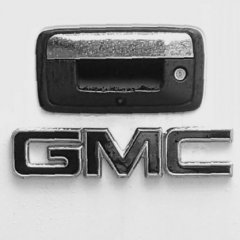Dual or Auxiliary Battery using Blue Sea Systems ML-ACR
-
Similar Content
-
- 2 replies
- 1,259 views
-
- 7 replies
- 1,856 views
-
- 0 replies
- 3,853 views
-
- 4 replies
- 11,135 views
-
- 5 answers
- 9,824 views
-
-
Recently Browsing 0 members
- No registered users viewing this page.
-
Forum Statistics
247.7k
Total Topics2.6m
Total Posts -
Member Statistics
-
Who's Online 11 Members, 0 Anonymous, 1,800 Guests (See full list)


















Recommended Posts
Join the conversation
You can post now and register later. If you have an account, sign in now to post with your account.